Blog

October 1
Finger waves
In this weeks blog I’m talking about finger waves. We all love finger waves; so classic and elegant. Finger waves were popular in the 1920’s, 1930’s and in the late 1990’s in North America and Europe. They were developed in the 1920’s to add style to, and soften the hard appearance of the bobbed hairstyles […]
READ MORE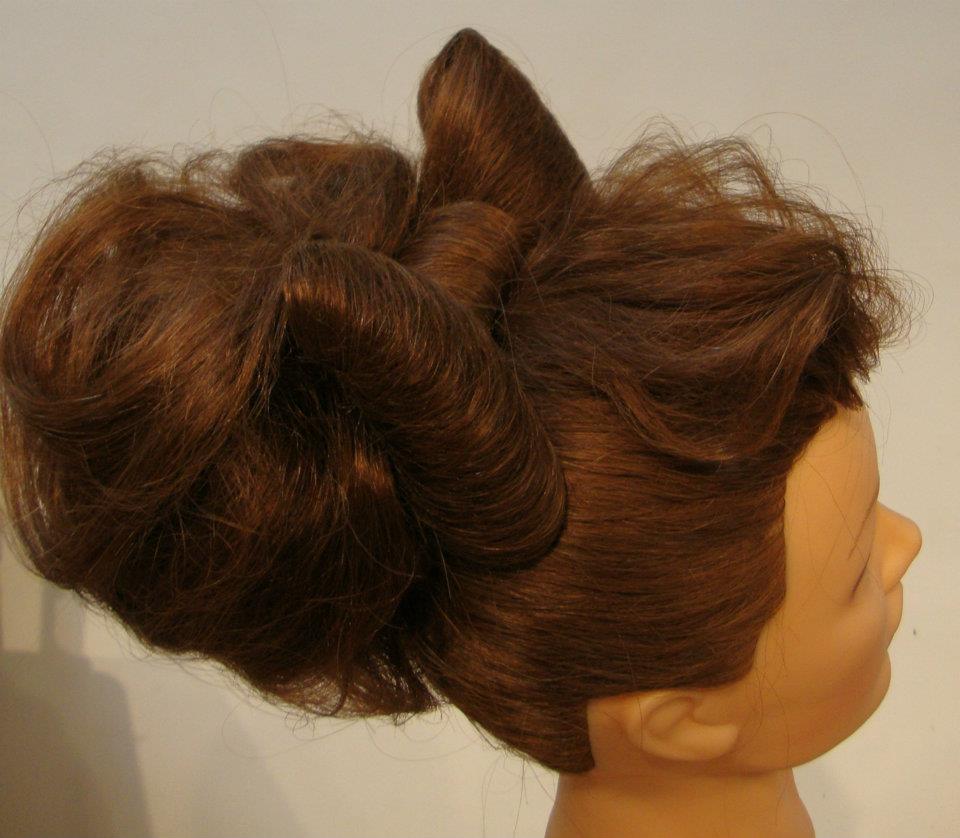
October 24
Bow hairstyle
The bow hairstyle was first used in wedding hairstyles to create a classic polished look. Lady Gaga then sported a edgy version of it, which is now bang on trend. I love the way we are now using our hair to create accessories! Let me know what you think; i love mixing classic with this […]
READ MORE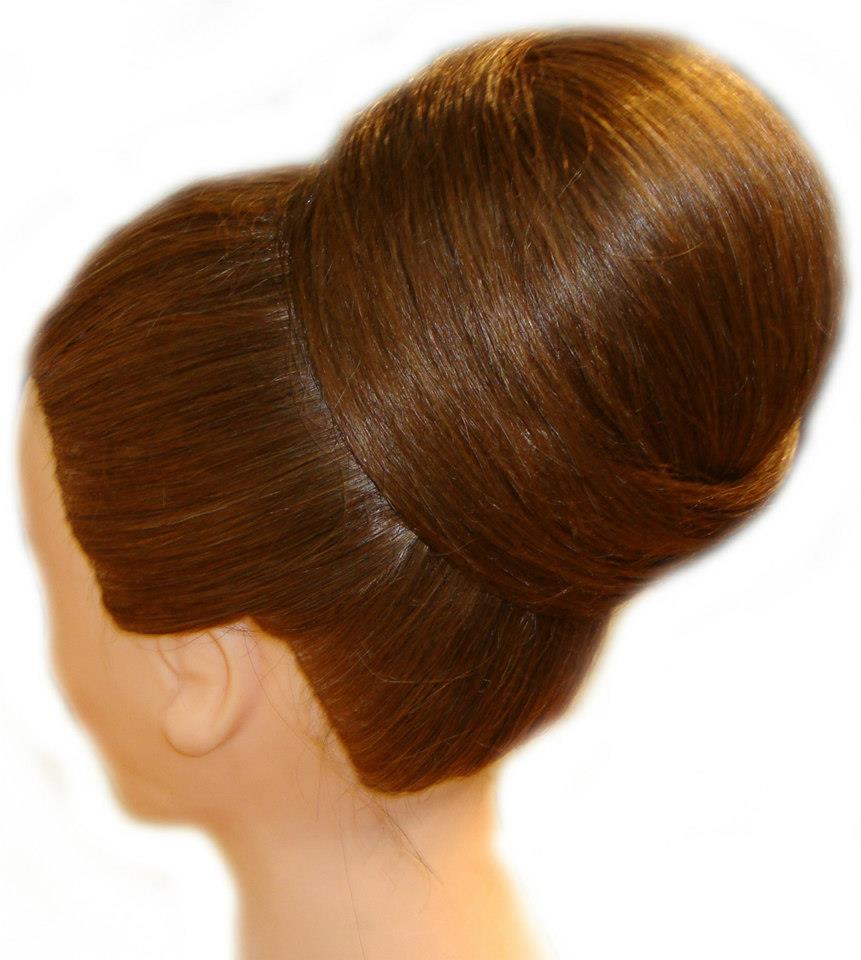
October 24
Smooth bun
This week there has been alot of smooth top knots and buns in the press so i thought i would share with you a smooth hair bun. This hair up reminds me of the hair Jennifer Lopez sported in the film Maid in Manhattan. 1. The hair is sectioned from behind the crown to the […]
READ MORE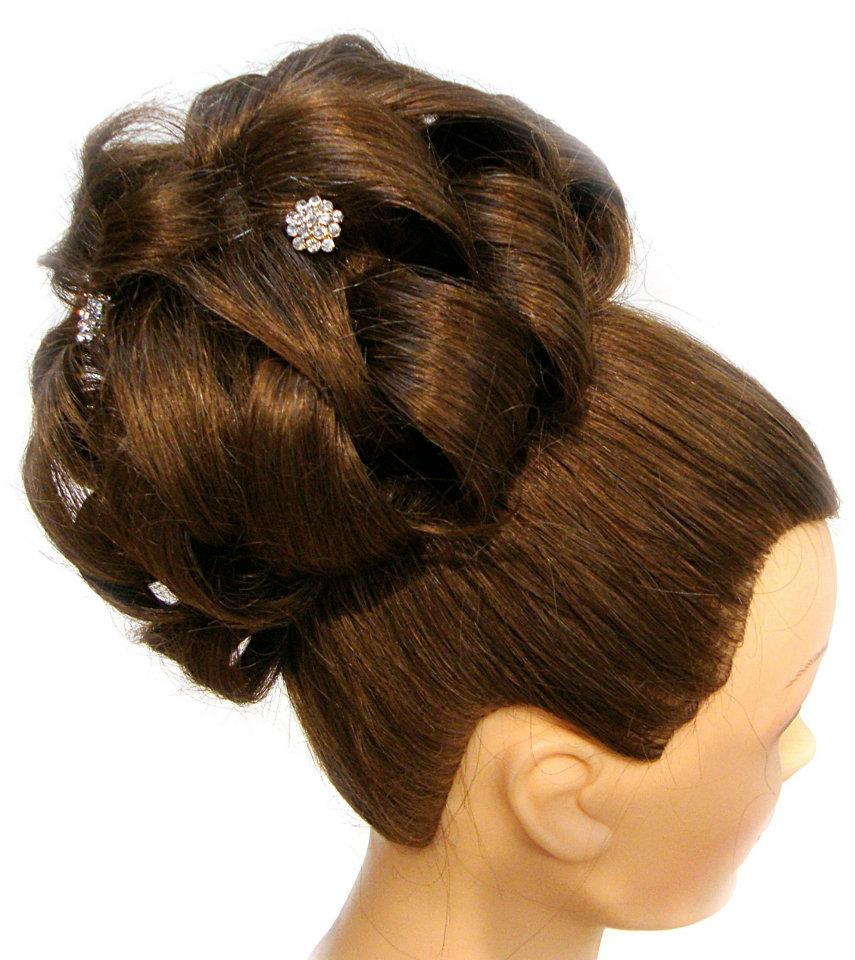
October 24
Glamorous hair
This week i wanted to share something glamorous and feminine. These sculptured shapes are ideal for any wedding or event. These shapes are created by starting with a foundation and building the structure from this. The rhinestone cluster pins are ideal for this style, alternatively tiny fresh Flowers on wire would look beautiful depending on […]
READ MORE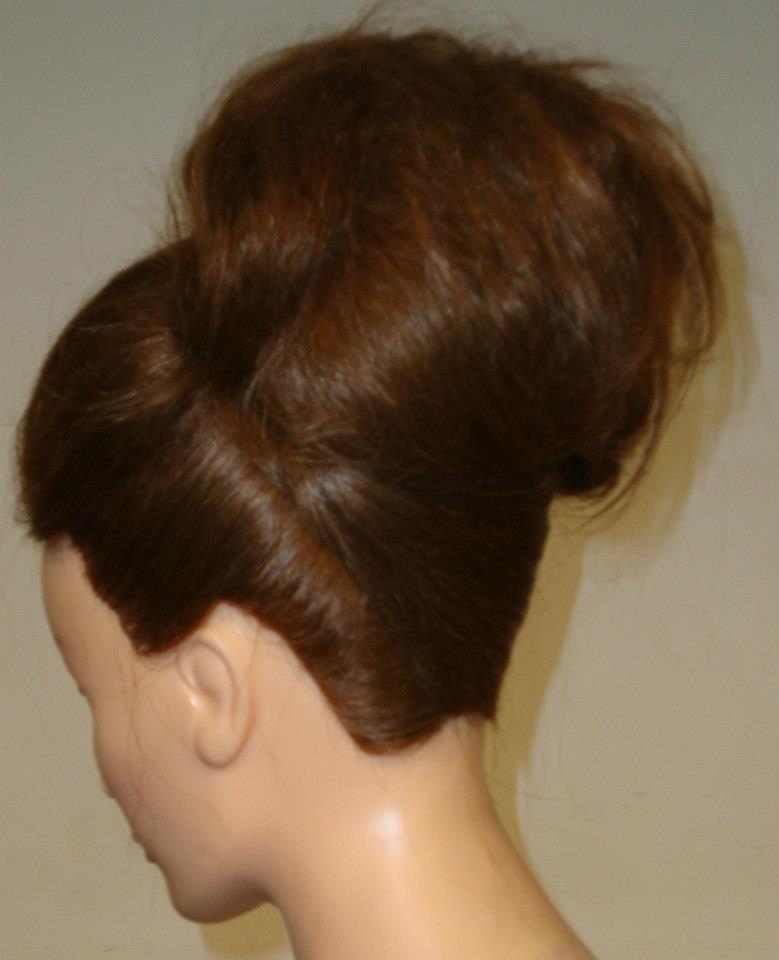
October 24
Hair up (Bridal, event hair)
This week i thought i would share a popular style! Which is very classic and never dates; it looks great with a hair vine for a wedding. 1. This hair up was created by working on the top section first. A hair pad was used to create the bulk and volume. 2. Hair was then […]
READ MORE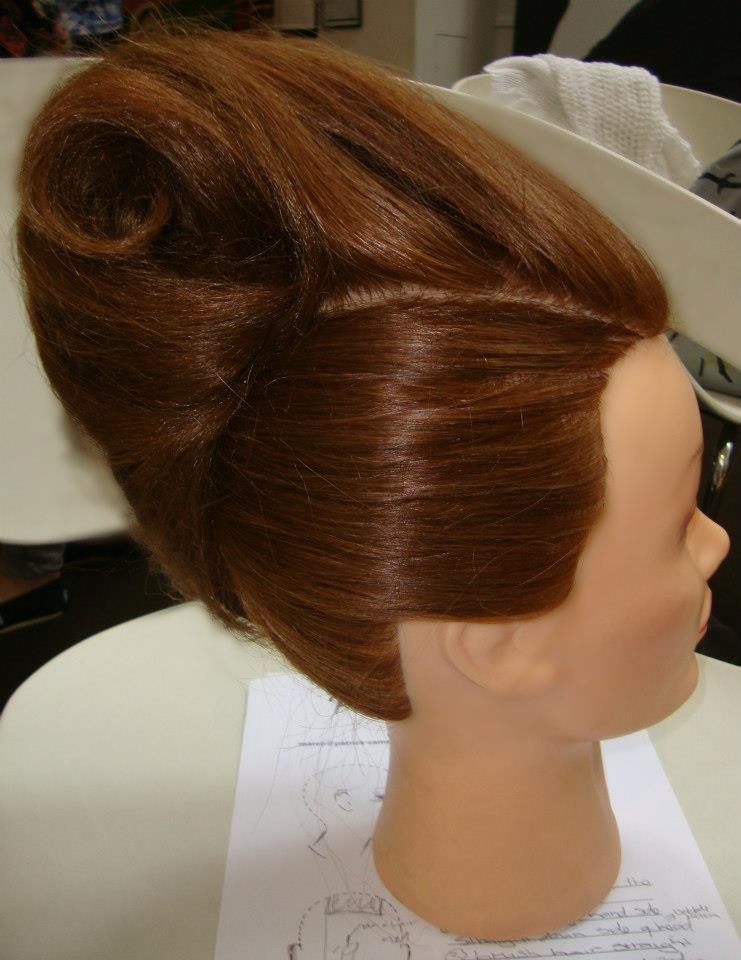
October 24
Vertical roll (French pleat)
This week i thought i would share with you one of my all time favourite hairstyles, the vertical roll. The design is often also known as a French pleat. It is a classic look that goes back to the 1940s; I love this style for formal occasions, depending on the finish it can look extremely […]
READ MORE© Copyright 2023
Gemma Holiday
